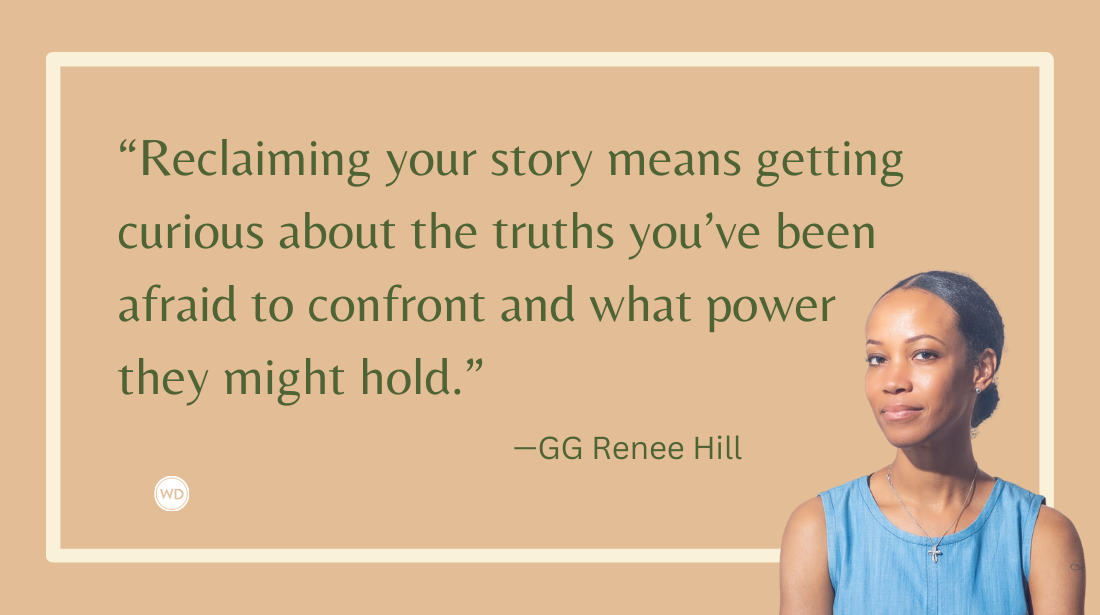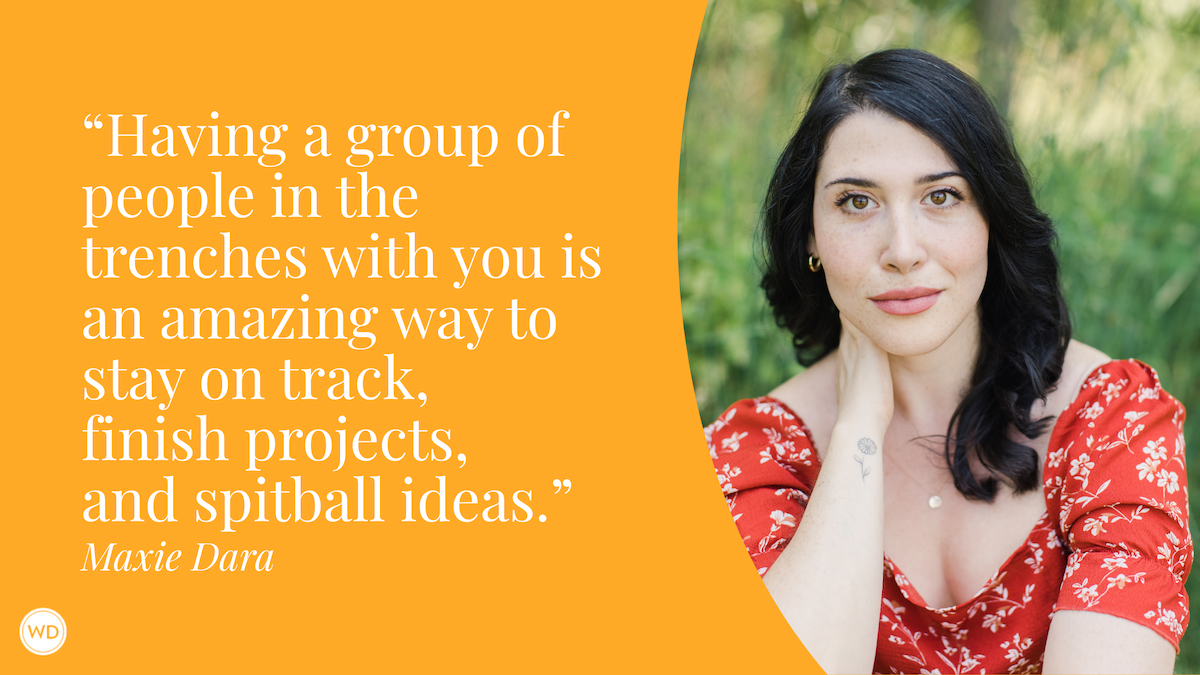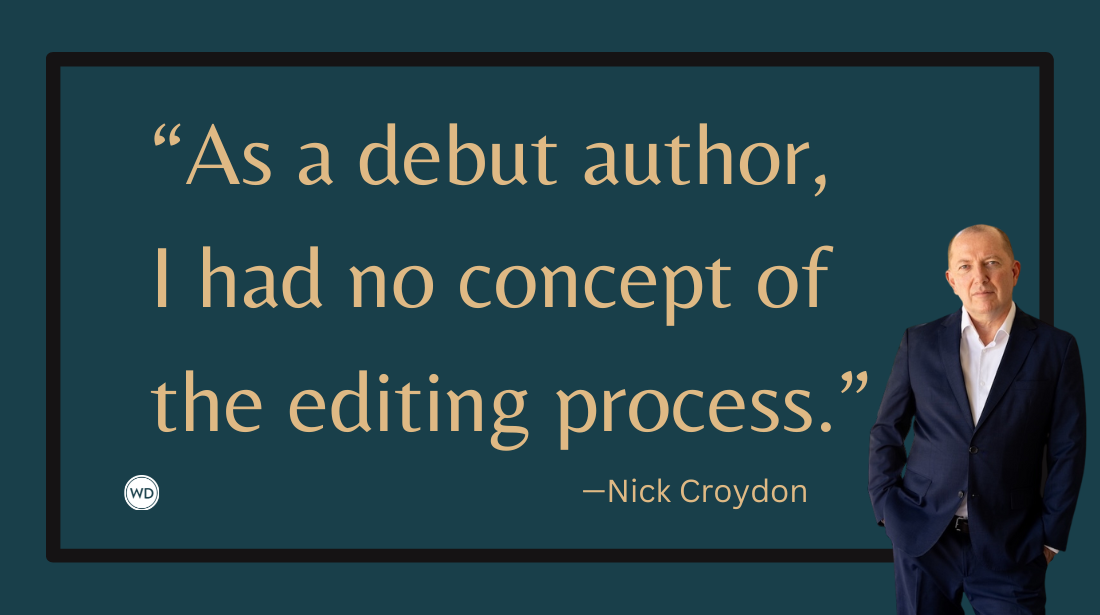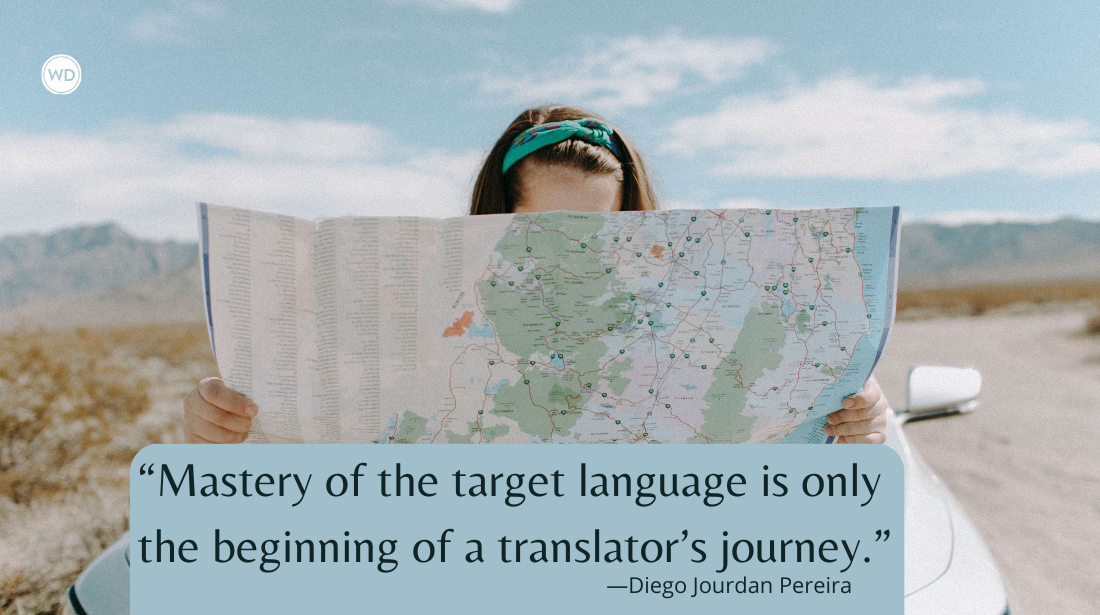Can You Really Become a Writer?
Do interesting characters run through your thoughts that you want to know better? Are there places in your head you would like to explore? Have events happened in your life…
Do interesting characters run through your thoughts that you want to know better? Are there places in your head you would like to explore? Have events happened in your life that you want to share? When events occur, do you ask yourself, what if it happened this way instead? Do you have ideas you would like to develop into a story? Can you sit down for a disciplined period of time every day or at the very least once a week?
If you answered yes to any of these, then you are already on the first rung to becoming a writer.
So what’s next?
—by Nancy Ellen Dodd, author of
The Writer’s Compass: From Story Map to Finished Draft in 7 Stages
Find a spot with few distractions. Choose your favorite method of writing: pen and paper, tablet, journal, stationary, computer, typewriter, iPad, napkins, or whatever else feels comfortable in your hands. Perhaps you would prefer a tape recorder to speak your thoughts into rather than to write them, software programs that can translate your verbal thoughts to text.
I like to use gel pens and 5x8 cards because I can write a thought, character sketch, bit of dialogue, or scene; the space doesn’t feel intimidating, yet there is enough room to complete an idea. For some people, this would be too confining and inhibit their writing.
Once you start writing, remember you are putting down ideas and thoughts, not editing, not structuring, not doing any of the other things required to finish a story—because you are starting a story. This is Stage 1, “Developing Ideas.”
Starting your story is the next rung of becoming a writer.
Once you have enough material, arrange your ideas using a story map. A story map is a visual outline using the elements of a 3-act structure. By diagramming what you know about your story, you will see what you don’t know, which shows you where the story holes exist. Now you are ready to start developing the story, which takes you to Stage 2, “Building a Strong Structure,” basically, making sure the main elements of your story are in place. Later you may choose to rearrange your story order.
Stage 3 is “Creating Vibrant Characters.” Once you have your ideas and have started developing a structure, it’s time to work on your major characters. The better you know and understand your characters, the more you develop them, the more interesting they will become to your readers.
Stage 4 is “Structuring Scenes, Sequences, and Transitions,” in which you look at each of your scenes and discover where you can mine them to make your story richer and more developed. Sometimes you find that you do not have an active scene, rather this section is part of the narrative that is more informative or emotional in nature—a space where the reader sees what’s in your character’s head. Or you may learn you don’t need a scene at all, but rather just a transition from one part of your story to the next. Never waste time writing something that’s boring to you. If you don’t enjoy writing it, your reader probably won’t enjoy reading it. Many of these events can be incorporated into transitions.
The best part of this process is that as you write, as you think about your story and characters and ask yourself questions, you develop new ideas that grow and expand your story. In the first 4 stages you developed the bulk of your story and step up another rung as a writer.
The last 3 stages are polishing the story, editing, and submitting. In Stage 5 your work focuses on pacing and tension, adjusting the story to increase the tension and slowing down or speeding up the pacing to increase your reader’s engagement. Adding detail slows the pacing of your story, however, adding the right details increases tension.
Stage 6, “Enriching Language and Dialogue,” is when you focus on selecting the right words for the tone and genre of your story and making sure your characters speak distinctively to fit the personality you developed for each one.
Stage 7, “Editing and Submitting,” is the final stage. This is when you edit and finish the story to the best of your ability and then submit it. What if you aren’t a good editor? What if you aren’t talented at grammar and punctuation? What if your writing is not as strong as it needs to be to interest a publisher?
Few of us are perfect writers. Skilled storytellers are not always skilled writers. Most writers have professional editors help them or at the very least copyedit for them. You may be great at verbalizing a story, but not so good at the technical level of getting it down on paper—don’t let that stop you. By hiring a strong concept editor, copy editor, or proofreader, you can take your story to the next rung of writing.
Thanks for visiting The Writer's Dig blog. For more great writing advice, click here.
Brian A. Klems is the editor of this blog, online editor of Writer's Digest and author of the popular gift bookOh Boy, You're Having a Girl: A Dad's Survival Guide to Raising Daughters.
Follow Brian on Twitter: @BrianKlems
Sign up for Brian's free Writer's Digest eNewsletter: WD Newsletter









